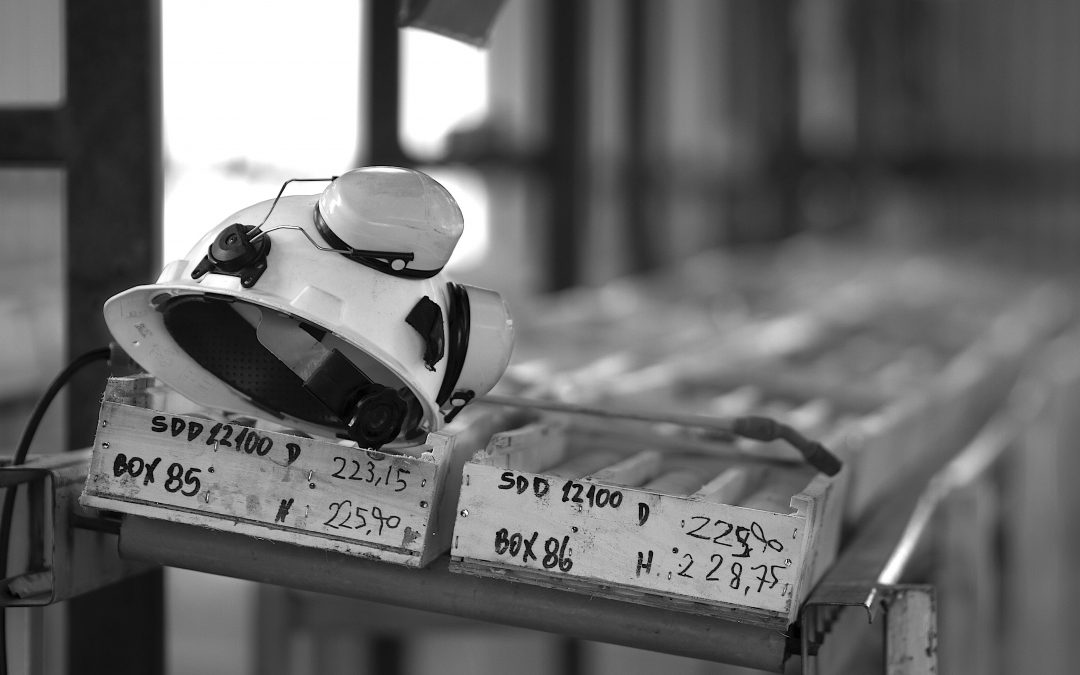The Danger of Exposure to Noise
Exposure to noise at work can harm the health of workers. The most obvious effect of noise exposure is loss of hearing. This accounts for almost a third of all work-related diseases.
It is the most common occupational disease in Europe, ahead of skin and respiratory problems. However, prolonged exposure to noise can also exacerbate stress and increase the risk of accidents. The Control of Noise at Work Regulations 2005 requires employers to prevent or reduce risks to health and safety from exposure to noise at work. An employer must:
- Assess the risks to employees from noise at work
- Take action to reduce the noise that contributes to said risks
- Provide employees with hearing protection if noise exposure cannot be reduced using alternative methods
- Ensure the legal limits of noise exposure are not exceeded
- Educate employees about noise exposure and provide them with adequate training
- Carry out health surveillance (hearing checks) if a risk to health presents itself
We would advise against carrying out a noise assessment yourself. Although a viable option for a small number of workplace environments, expert help is typically required. This ensures the assessment is undertaken properly and that any risk to staff or visitors is minimised.
Action Levels for Continuous Noise
An action level is a noise exposure level at which employers are required to take specific steps in order to reduce the effects on hearing. According to the HSE, there are two main action levels for continuous noise:
- The Lower Exposure Action value is a daily or weekly average noise exposure level of 80 dB. At this point, the employer must provide information and training and make hearing protection available.
- The Upper Exposure Action value is a daily or weekly average noise exposure level of 85 dB. Above this level, the employer is required to take practical measures to reduce noise exposure, such as engineering controls or other technical measures. The use of hearing protection is mandatory if the noise cannot be controlled by these measures.
Checking the Suitability of Hearing Protection
An employee must be provided with hearing protection if either they request it or if their exposure to noise falls between the Lower and Upper Exposure Action Values. When the noise exposure exceeds the Upper Action Value, it is the responsibility of the employer to ensure their employee is using the hearing protection and that it is worn properly, with instruction also provided. The main types of hearing protection are:
- Earmuffs, completely covering the ear
- Earplugs, inserted into the ear canal
- Semi-inserts (also called ‘canal caps’), covering the entrance to the ear canal.
The results from the noise assessment and the information from hearing protection suppliers should be used to guide an employer to the most suitable choice.
The key consideration in choosing a hearing protector is whether it will block enough noise to reduce the exposure to a safe level; below the Upper Exposure Action Value of 85 dB(A) or 137dB(c-weighted) peak sound pressure. The latter being the maximum instantaneous sound pressure in a specific area which may cause immediate damage to hearing; for example from a punch press.
Take into account that the majority of hearing protectors, when fitted correctly, will provide 10 dB(A) of sound reduction. Consider the suitability of the hearing protection for the working environment, and whether or not it is compatible with other personal protective equipment. Such as hard hats and dust masks.
Where possible, give your employees a choice. People have different preferences when it comes to comfort and convenience.
We’re here to help
At Workplace Exposure, our expert team has experience working with a variety of different businesses to ensure they offer a safe, compliant working environment. Our professional solutions and advice help to ensure your business meets compliance standards and is operating to best practice. If you need help in carrying out a COSHH air monitoring survey to help select the correct PPE, or your workplace noise assessment, we’re here to help.
Our approach
Get in touch with Workplace Exposure. Either give us a call on 0800 689 4386, or fill in our enquiry form to discuss your monitoring or consultancy requirements.
We’ll then provide you with a no-obligation proposal, we can often give an initial idea of fees whilst we discuss your needs.
Once you’ve accepted our proposal we can then schedule the work.
Following our site visit we’ll provide you with a comprehensive report giving you advice, recommendations and control measures where appropriate. Implement the outcomes for compliance and a happier healthier workplace.
